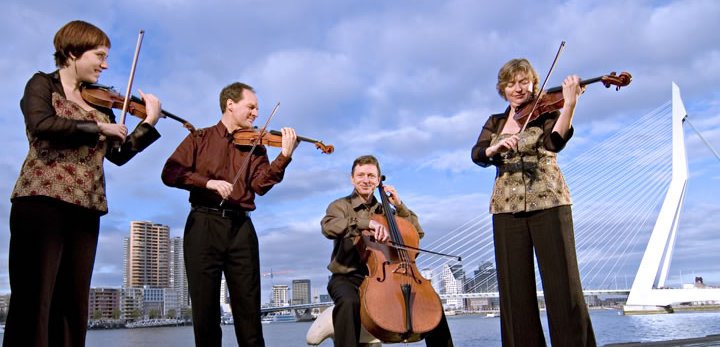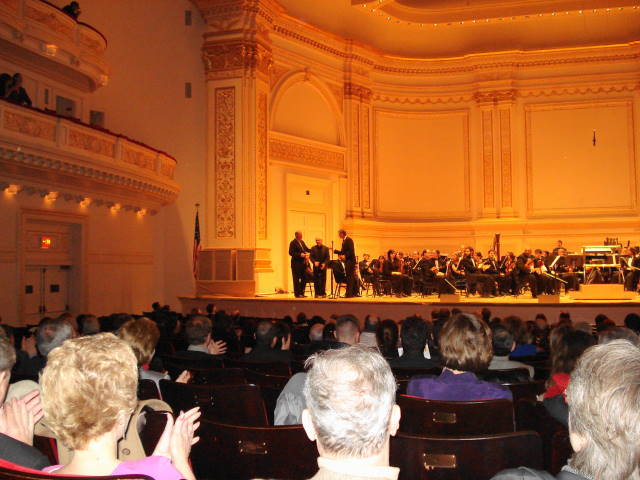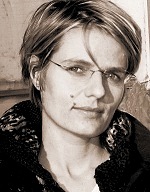Settle in for a little history…
Juan Hidalgo (b.1927 –Spain),
Walter Marchetti (b.1931 — Italy),
and Zaj
Most musicians who’ve fallen for John Cage and David Tudor, also know that offspring of the 1960s and 70s, FLUXUS. Far fewer know about the Spanish version, running parallel yet independently. It’s one thing to have gone experimental in, say, England at the time; quite another to have pursued this stuff in the fascist dictatorship of Franco’s Spain. In one you ran the risk of apathy; in the other actual persecution.

In the mid-50s, Juan Hidalgo and Walter Marchetti were both young student composers. Marchetti’s friendship with Bruno Maderna led them to visit the high-modernist mecca of Darmstadt, but it was their encounter with the ideas, music, and above all the actions of Cage and Tudor (along with the general rediscovery of Marcel Duchamp) that resonated with the two.
Explorations began soon thereafter, and in 1964 the loose confederation of artists (also including the likes of Esther Ferrer, Ramón Barce, Tomas Marco and many more), officially were born under the nonsense-moniker Zaj (Castellano pronunciation “thahh“). High-profile events and confrontational polemics would have never worked in Spain at the time, but keeping everything more “guerrilla” and informal seemed to both confuse and lull the regime into thinking these “fools” weren’t worth the effort to crack down on.
For a good decade and more, the members of Zaj staged a wealth of small subversions, and had already stirred the atmosphere among quite a few key Spanish artists for the day when Franco’s death would suddenly open the country’s door to an intoxicating inrush of fresh air (followed of course later by new problems, but hey, that’s life…).
In the 1970s Gianni Sassi’s small, Italian avant-art music label Cramps would document (besides other notables like Cage, Robert Ashley, Cristina Kubisch, Demetrio Stratos, Alvin Lucier and even a free-improvising Ennio Morricone) some of Hidalgo’s and Marchetti’s work on LP, and some of that can be heard on the web, courtesy of the Universidad de Castilla – La Mancha’s Arte Sonoro website.
 Juan Hidalgo’s Tamaran (subtitled “drops of sperm for 12 pianos“) is a 40-minute unmoored landscape, layering twelve recordings of prepared piano. Rrose Sélavy (referencing Duchamp’s female alter-ego and subtitled a la Satie “six moldy pieces for six sound sources“) collects six tracks; the first’s single line has one more semi-related line join in on each successive track, leading to a happy cacophony.
Juan Hidalgo’s Tamaran (subtitled “drops of sperm for 12 pianos“) is a 40-minute unmoored landscape, layering twelve recordings of prepared piano. Rrose Sélavy (referencing Duchamp’s female alter-ego and subtitled a la Satie “six moldy pieces for six sound sources“) collects six tracks; the first’s single line has one more semi-related line join in on each successive track, leading to a happy cacophony.
Walter Marchetti’s La Caccia (“the hunt”) uses all manner of toys, bird-calls and other improvised sound-making objects, to create a kind of loopily busy virtual “forest”. His Natura morta (“still life”) pays homage to Satie: both to the notorious Vexations (which happens to be a piece Hidalgo and Marchetti have performed), and the idea of musique d’ameublement (“furniture music”). For more than an hour the piano — buried under a huge display of fruit and flowers — plays the same simple-yet-unsettled phrase, the damper pedal constantly depressed.
Like all art movements, interests and allegiances shift, some things focus and some fall apart, time and people move on. Ferrer a well-known artist; Barce and Marco both highly-respected “establishment” composers… Hidalgo and Marchetti remained faithful to the object, action and subversion. Hidalgo turned more to Duchampian artifact, but Marchetti (now resident in Italy) has continued to produce a number of newer musical works mostly with manipulated sound and piano (though still highly conceptual), many of them issued on CD. Mimaroglu Music Sales can provide you with what’s currently for sale by both Marchetti and Hidalgo.
The link on Juan Hidalgo’s name at the top of this post goes directly to his website (where you might want to wish him a happy 80th birthday this year!); Marchetti doesn’t seem to have a full site, but the link on his name will take you to a short but good interview in English from 2000 (and for those who read Spanish, here’s a recent interview with Hidalgo). The link for Zaj will take you to a history kept at UBUWEB.
 Why a String Quartet? What is it that has given it its exalted reputation and mystique? Why have so many composers regarded it as the perfect medium of expression, though it is perhaps the most demanding to write for? And why do distinguished artists often prefer to work as a team in a first class quartet rather than make bigger money as, say, orchestral leaders? Music means different things to different people: but for those to who music is an intellectual art, a balanced and reasoned statement of ideas, an impassioned argument, an intense but disciplined expression of emotion – the string quartet is perhaps the most satisfying medium of all.
Why a String Quartet? What is it that has given it its exalted reputation and mystique? Why have so many composers regarded it as the perfect medium of expression, though it is perhaps the most demanding to write for? And why do distinguished artists often prefer to work as a team in a first class quartet rather than make bigger money as, say, orchestral leaders? Music means different things to different people: but for those to who music is an intellectual art, a balanced and reasoned statement of ideas, an impassioned argument, an intense but disciplined expression of emotion – the string quartet is perhaps the most satisfying medium of all.

 Juan Hidalgo’s
Juan Hidalgo’s  One of the hottest things in Philadelphia has to be the
One of the hottest things in Philadelphia has to be the  A good time is to be had this Saturday night at Zankel Hall.
A good time is to be had this Saturday night at Zankel Hall. 
 Who is
Who is  Christopher Hopkins is an assistant professor of music composition at Iowa State University of Science and Technology, where he teaches courses in composition, music technology, sound synthesis and orchestration. He is director of the Lipa Festival of Contemporary Music. As a composer he works in both experimental and traditional forms, with special interests in electroacoustic music, innovative notations and instrumental techniques, and dialectics between historical and contemporary musical forms.
Christopher Hopkins is an assistant professor of music composition at Iowa State University of Science and Technology, where he teaches courses in composition, music technology, sound synthesis and orchestration. He is director of the Lipa Festival of Contemporary Music. As a composer he works in both experimental and traditional forms, with special interests in electroacoustic music, innovative notations and instrumental techniques, and dialectics between historical and contemporary musical forms. Katharina grew up in Zurich, playing piano and singing in choir through her teens. Her formal music studies began at Jazz School Zurich, but she quickly bailed to Boston and the Berklee College of Music for her BA. Jump again to Zurich, then over to the Royal Academy of Music in London for her MA, and finally (?…) hop back over to the States and Columbia for her DMA. Her works, electronic & acoustic, are often inspired and linked with the visual arts, theater and inquiries into perceptual and phenomenological issues.
Katharina grew up in Zurich, playing piano and singing in choir through her teens. Her formal music studies began at Jazz School Zurich, but she quickly bailed to Boston and the Berklee College of Music for her BA. Jump again to Zurich, then over to the Royal Academy of Music in London for her MA, and finally (?…) hop back over to the States and Columbia for her DMA. Her works, electronic & acoustic, are often inspired and linked with the visual arts, theater and inquiries into perceptual and phenomenological issues.